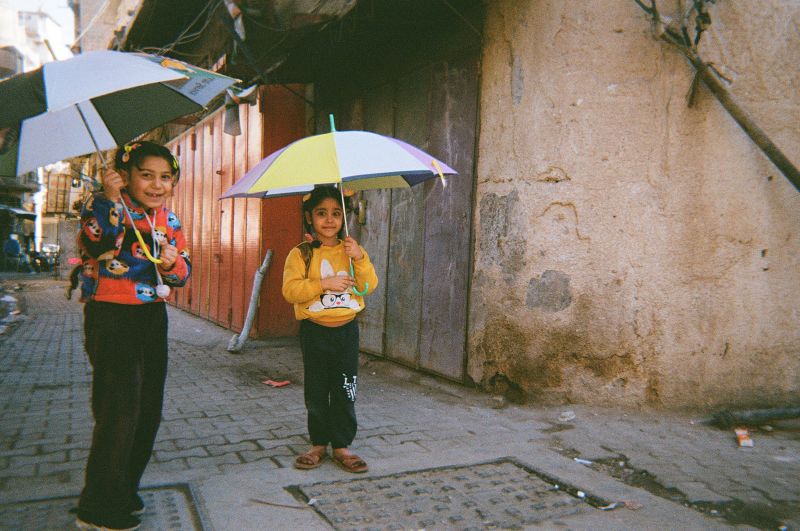Life in Iraq: Reflections on 20 Years Since the Invasion
By Christina Zdanowicz, Mohammed Tawfeeq, Will Lanzoni, and Brett Roegiers, CNN
A shopkeeper squeezes fresh orange juice. A man sits while his cat sunbathes on a motorcycle. Two girls play with their new umbrellas. These street scenes beautifully illustrate how life has transformed in Iraq over the 20 years since the United States invaded in 2003.
Capturing Iraq Through Disposable Cameras
A year after the Iraq War’s initiation, Michael Itkoff, an American studying photography, devised a unique project. He sent 20 disposable cameras to a photojournalist in Iraq and encouraged the distribution of these cameras among citizens.
The goal was straightforward: capture the essence of life from the perspective of Iraqis. Itkoff aimed to present a more personal narrative, countering mainstream media’s portrayal of Iraqis as potential adversaries. “We sought to provide a contrasting image that highlighted the humanity of the Iraqi people,” he stated.
This year, Itkoff conducted another disposable camera experiment, showcasing images that reflect a return to normalcy despite lingering scars from the past.
“While the photographs from Baghdad herald a somewhat peaceful existence, images from Falluja and Mosul reveal visible scars and pervasive disrepair,” he explained.
Voices from Iraq
Several of the Iraqis who participated in this year’s photography project expressed their desire to illuminate their country in a new, hopeful light. Tariq Raheem, 50, stated, “I want the world to see a different image of Iraq, one that conveys our love for peace.”
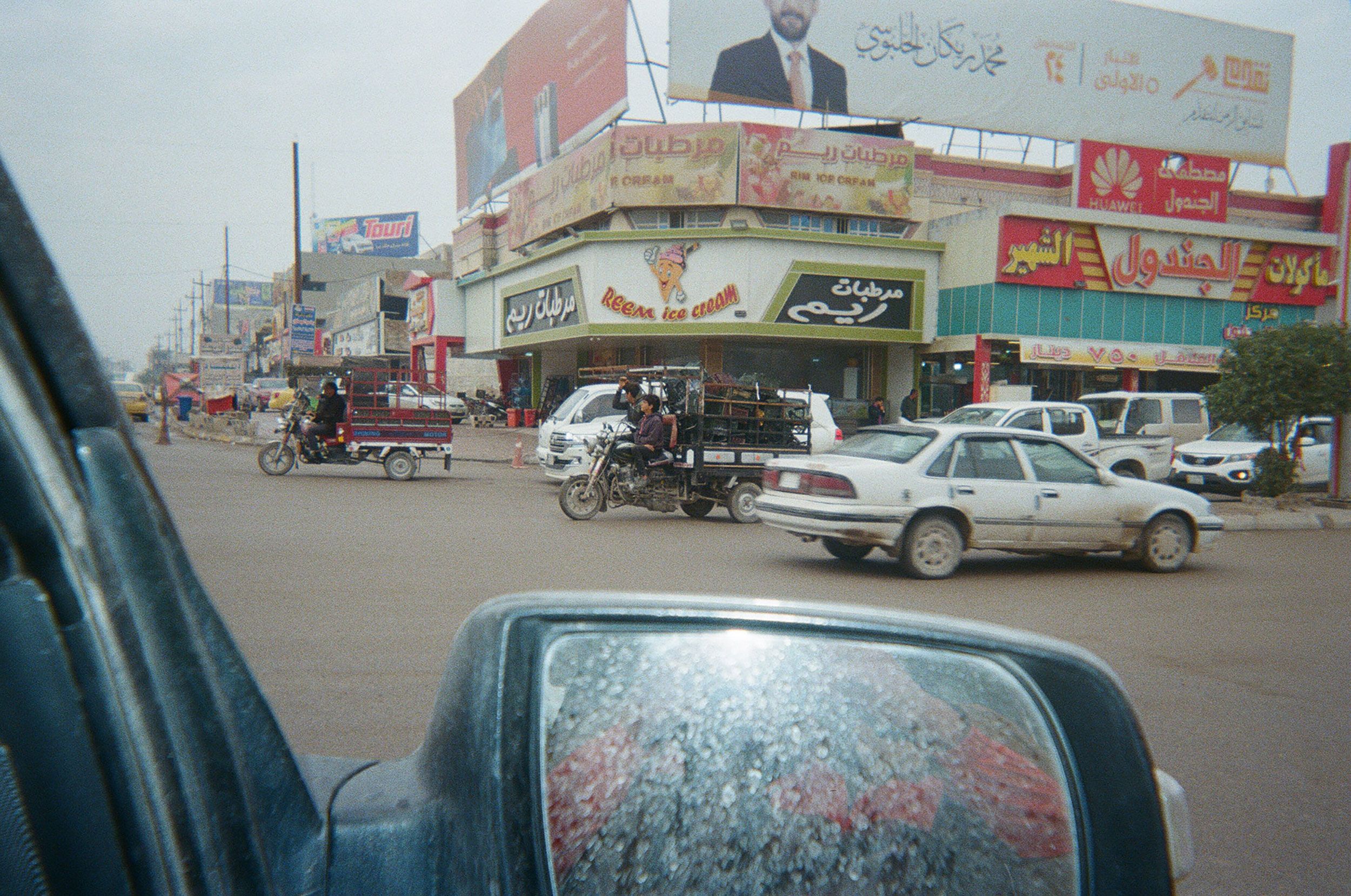
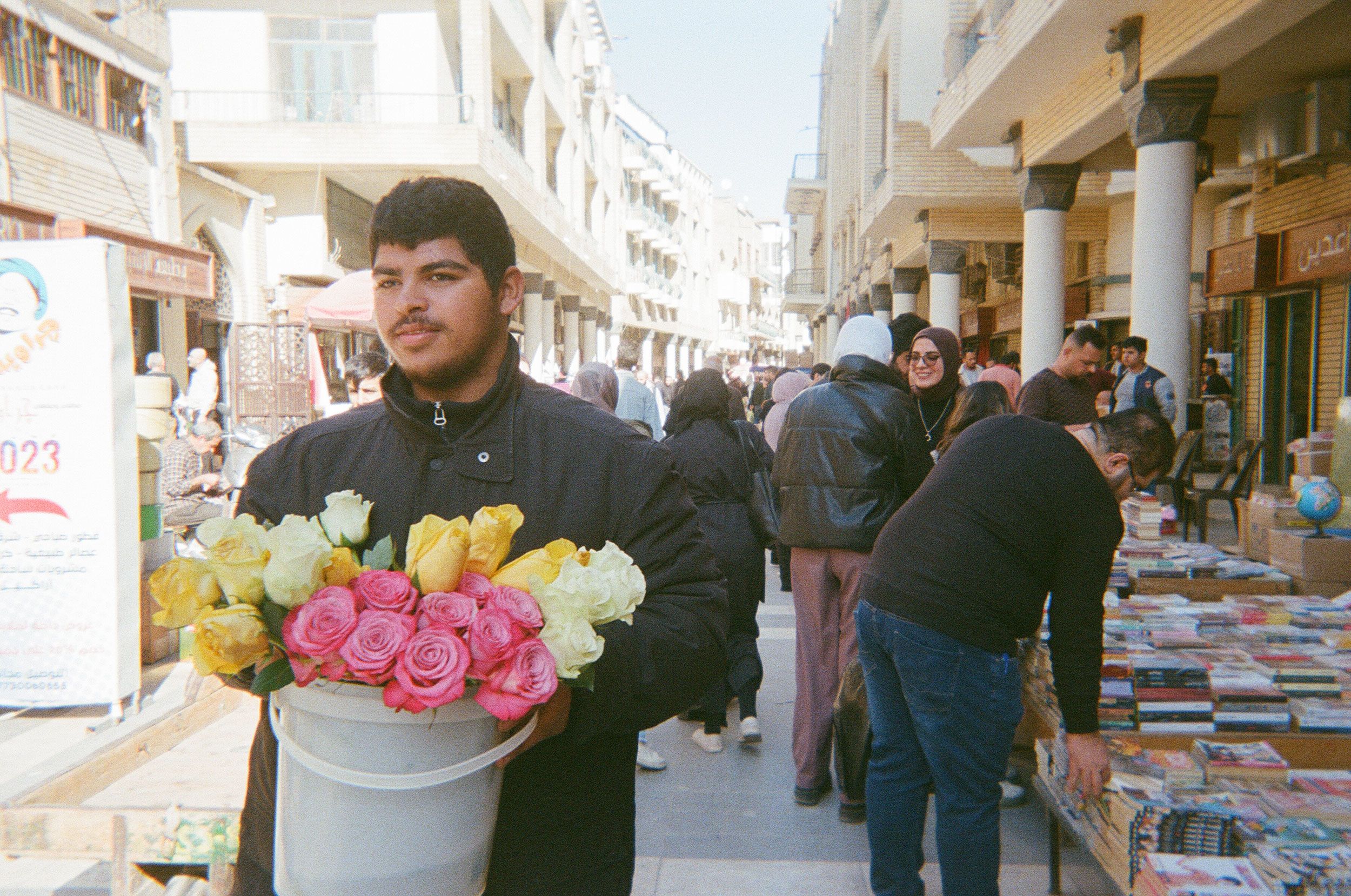
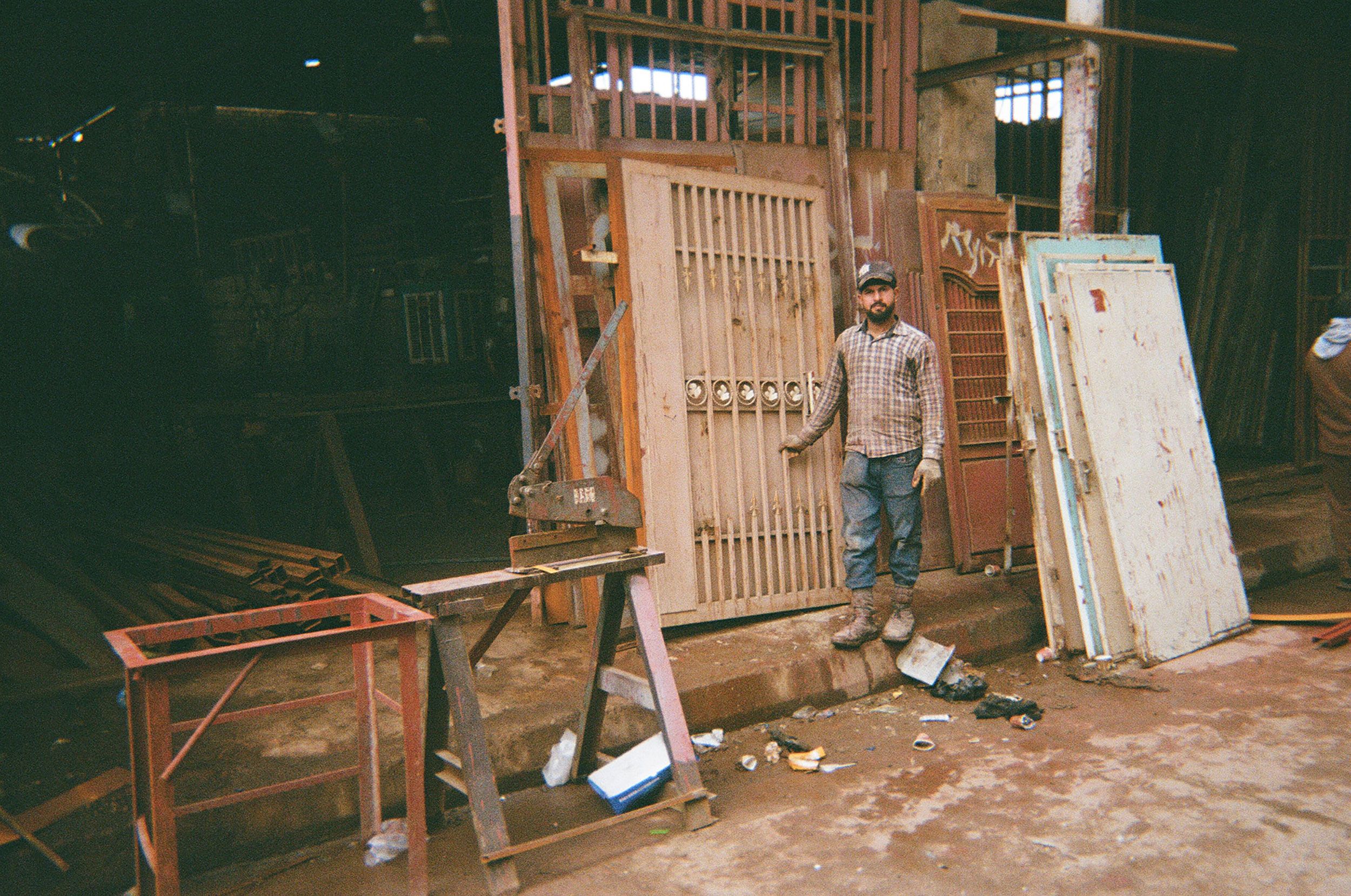
Photographer Nawfel expressed a sentiment that resonates with many residents: “These pictures reflect how most people in my city work in simple jobs, underscoring the need for rebuilding in Iraq after being devastated during the conflict.”
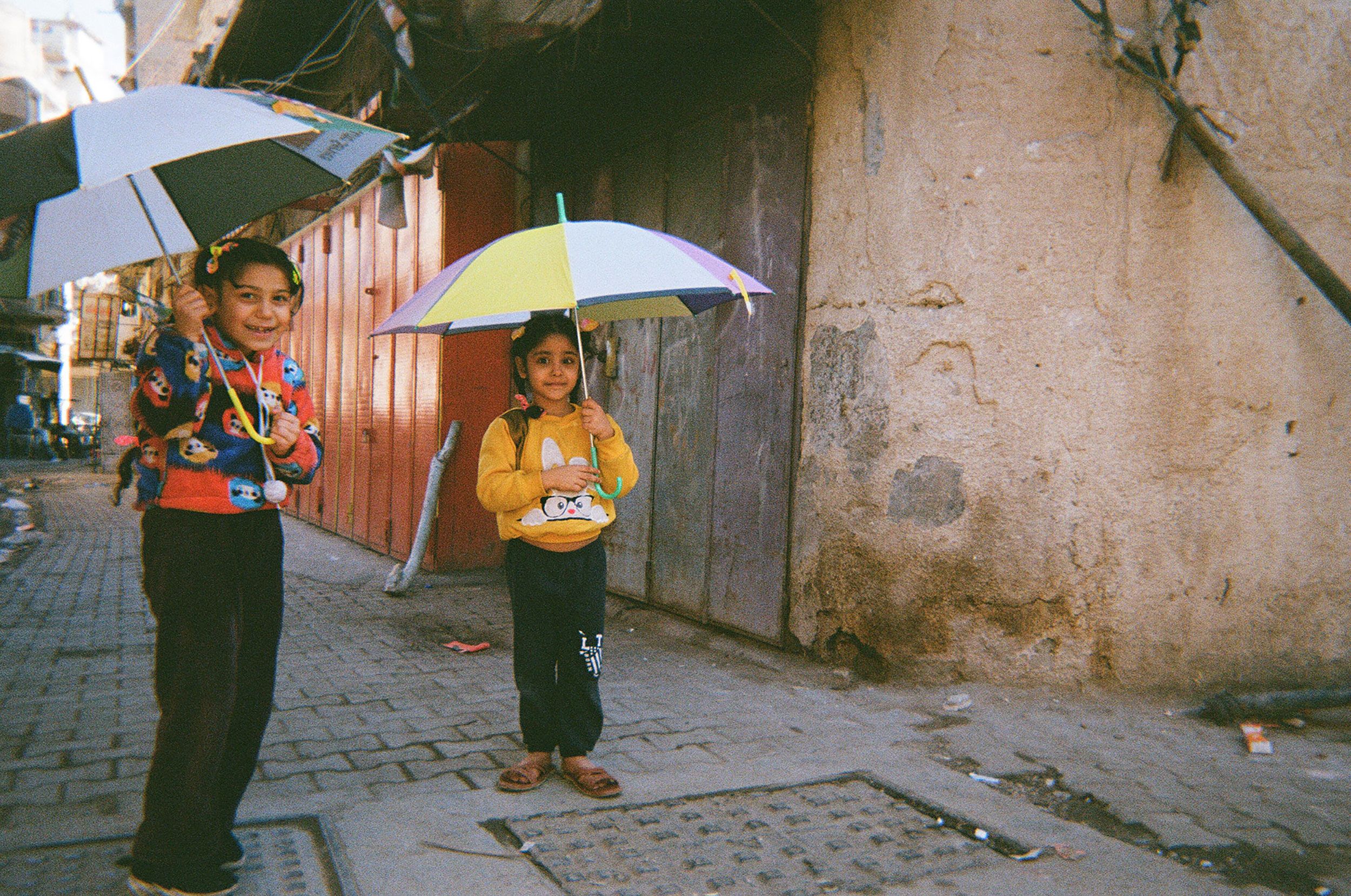
Hope Amidst Challenges
Amid the ongoing struggles, the spirit of resilience shines through. Tariq Raheem elaborates on his deep emotional connection to Baghdad, emphasizing, “The Tigris River represents life and hope, symbolizing the city’s beauty.”
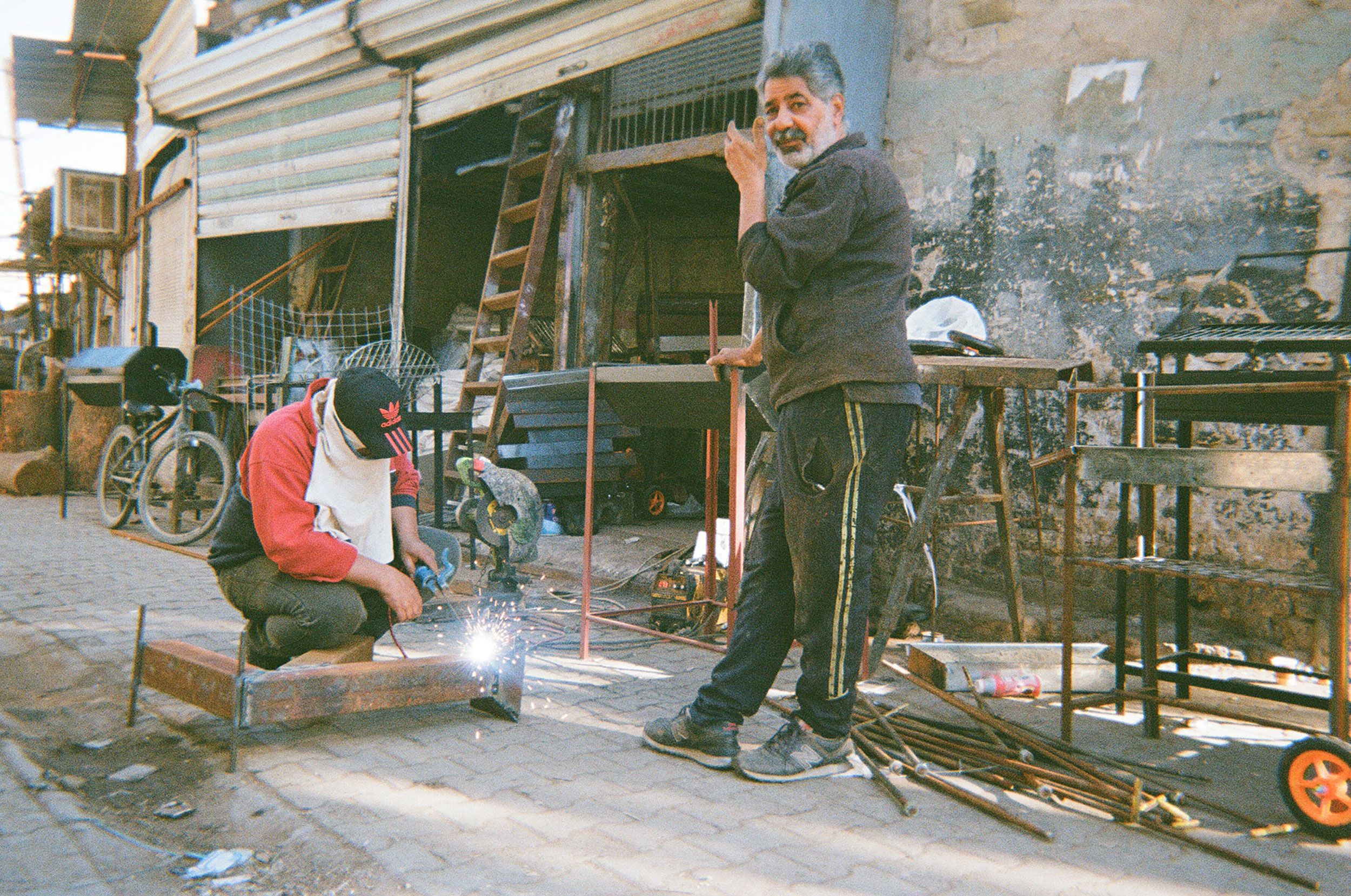
Ali Asaad Sabah, 30, who has run a religious shop since 2014, shared, “I work relentlessly, often open 24 hours during Hajj days, to support my family.” His story highlights the unyielding dedication of ordinary Iraqis striving for a better future.
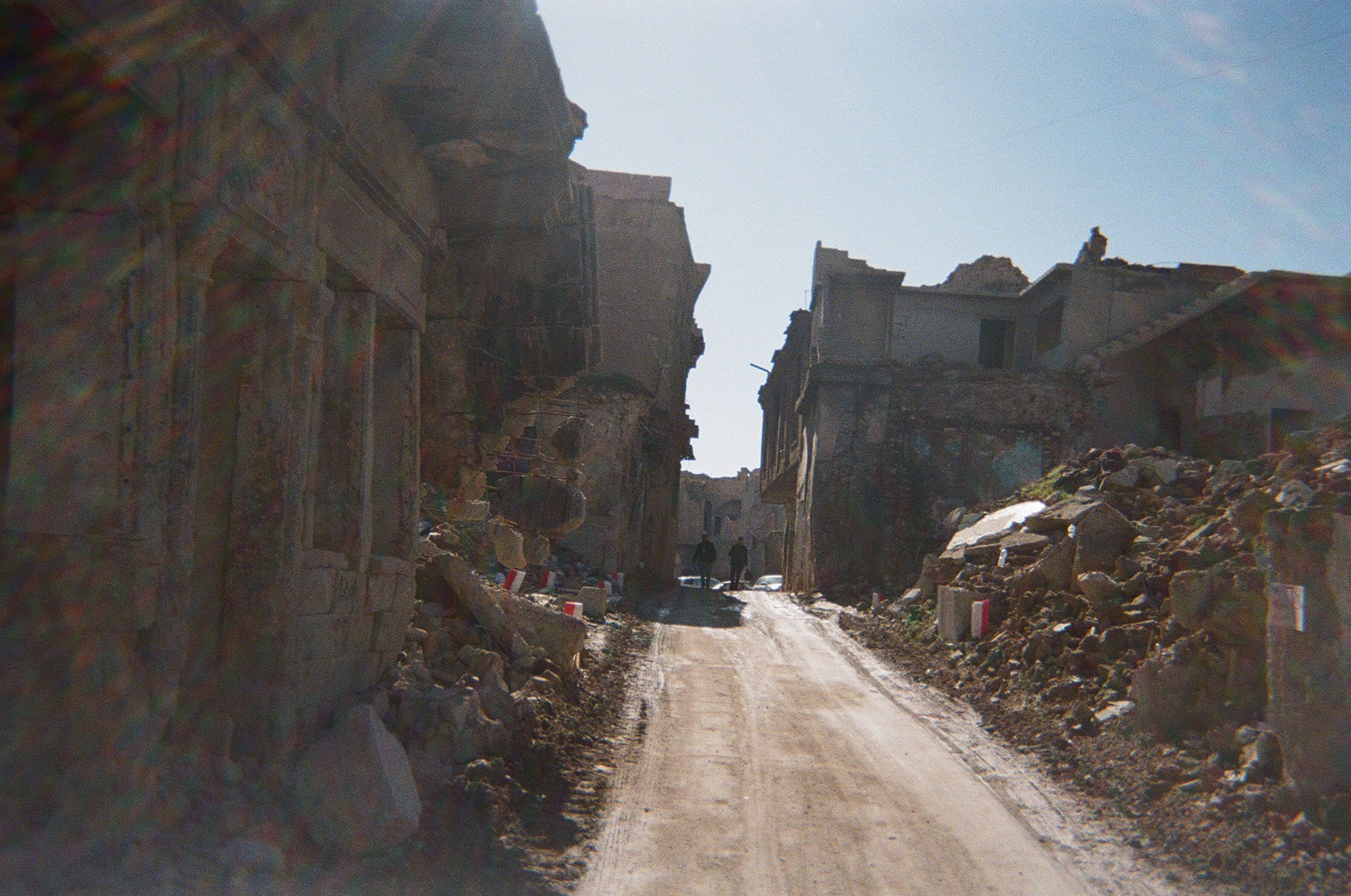
The journey to recovery is a slow one, with Ahmed Faisal, a self-employed construction worker, admitting challenges persist. “I had to leave school due to the dire conditions post-war. I had to work constantly without finding various opportunities,” he noted.
As Iraq navigates the aftermath of two decades of turmoil, the resilience, hope, and collective spirit of its people emerge as a powerful narrative, deserving recognition and support.
